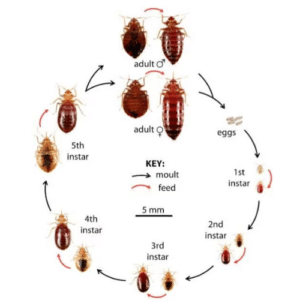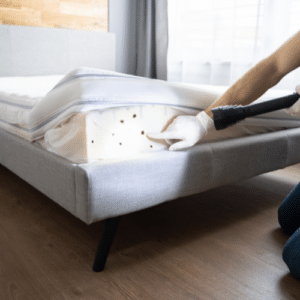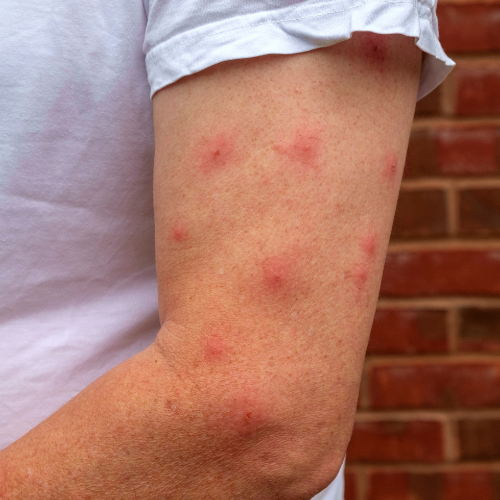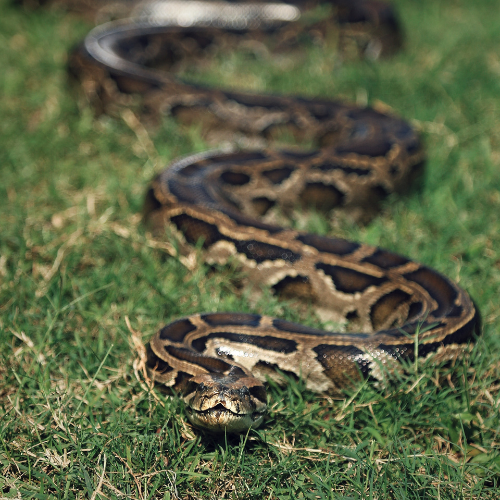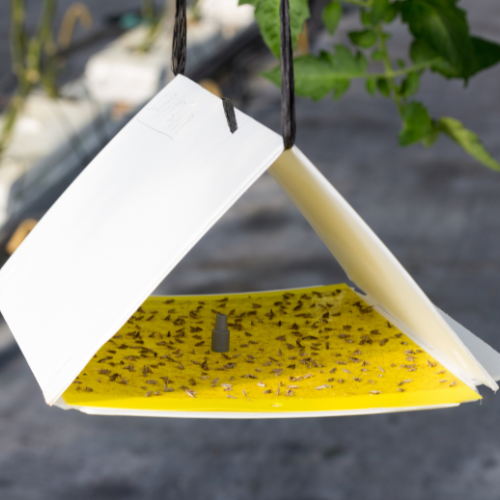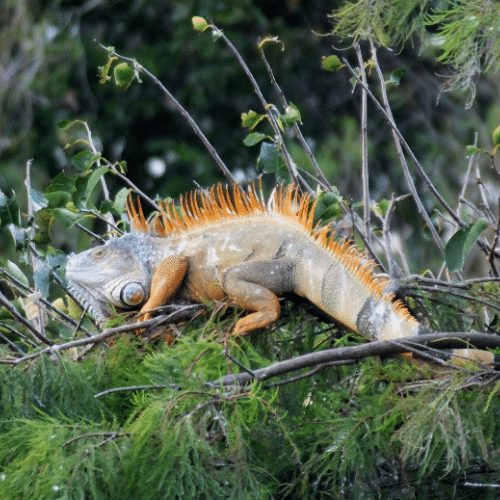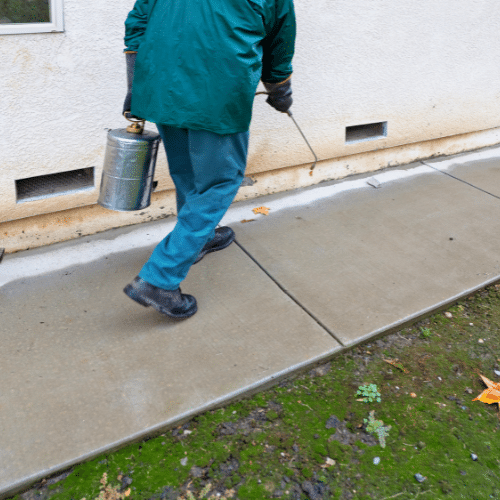
Bed Bug Treatments
Bed Bug Control: Our expert bed bug control services are designed to effectively eliminate bed bug infestations in apartments and homes. We use a combination of heat treatments, professional organic products, and targeted methods to eradicate bed bugs at all life stages.
Organic Solutions: We prioritize the safety of your living space by using professional organic products for bed bug treatment. Our environmentally friendly approach ensures effective elimination without compromising your health or the environment.
Preventive Measures: In addition to treating active infestations, we provide preventive solutions to protect your home from future bed bug invasions. Our services include mattress encasements, monitoring devices, and ongoing inspections to keep your space bed bug-free.
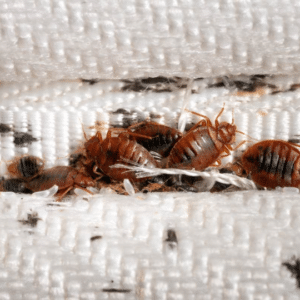
Step-by-Step Process
Initial Consultation: Our process begins with a comprehensive consultation to understand your concerns and gather information about the bed bug infestation in your apartment or home.
Inspection: Our trained technicians conduct a thorough inspection of your living space, focusing on common bed bug hiding places such as beds, furniture, and cracks in walls. We identify signs of bed bugs, including live insects, eggs, and fecal spots.
Identification: Accurate identification of bed bug infestation levels is essential for creating an effective treatment plan. We assess the severity and extent of the infestation to tailor our approach.
Customized Treatment Plan: Based on our findings, we develop a customized treatment plan that combines heat treatments and professional organic products. Our strategy targets bed bugs in all life stages, from eggs to adults.
Treatment Implementation: Our technicians carefully implement the treatment plan, ensuring thorough coverage of affected areas. We use specialized equipment and techniques to eliminate bed bugs and prevent their return.
Follow-Up and Monitoring: After the initial treatment, we schedule follow-up visits to monitor the situation and ensure the complete eradication of bed bugs. We make any necessary adjustments to the treatment plan to achieve lasting results.
Prevention and Education: We provide expert advice and recommendations on how to maintain a bed bug-free environment. This includes tips on regular inspections, proper laundering practices, and avoiding high-risk situations for bed bug exposure.
What Are Bed Bugs?
Bed bugs (Cimex lectularius) are small, wingless insects that are reddish-brown in color and about the size of an apple seed. They are flat and oval-shaped, allowing them to hide in narrow crevices during the day. Bed bugs are known for their elusive behavior and their ability to survive for months without a blood meal.
Signs of a Bed Bug Infestation
Bites: Bed bug bites are often the first sign of an infestation. They appear as small, red, itchy welts, usually in a line or cluster.
Fecal Spots: Look for small, dark spots on bedding, mattresses, or furniture. These are bed bug fecal droppings.
Blood Stains: Small blood stains on sheets or pillowcases can indicate bed bug feeding.
Eggs and Eggshells: Tiny, white eggs or eggshells may be found in hiding places.
Live Bugs: Spotting live bed bugs, especially in seams of mattresses or upholstered furniture, is a clear sign of infestation.
How Do Bed Bugs Spread?
Bed bugs are expert hitchhikers. They can easily travel from one location to another by hiding in luggage, clothing, used furniture, or other personal belongings. Once they enter a home, they can quickly spread to adjacent rooms or units, especially in multi-unit buildings.
Prevention and Control
Regular Inspections: Check hotel rooms, secondhand furniture, and your own bedding for signs of bed bugs.
Vacuum Regularly: Vacuuming can help remove bed bugs and their eggs from cracks and crevices.
Encase Mattresses: Use bed bug-proof mattress and box spring encasements to prevent bed bugs from hiding in these areas.
Reduce Clutter: Declutter your home to reduce hiding spots for bed bugs.
Treating bed bug infestations requires a comprehensive approach. Pest Busterzz utilizes a variety of organic and non-toxic methods, including heat treatment, steam treatment, and targeted pesticide applications. Our experts will assess the severity of the infestation and recommend a customized treatment plan to ensure complete eradication.

